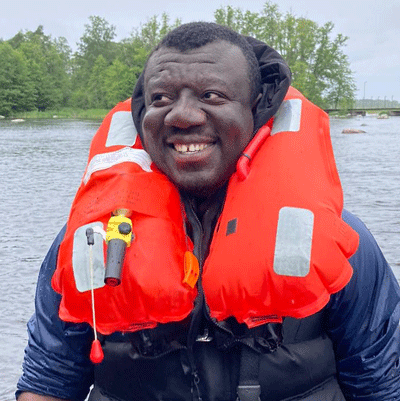project:
Oct 2023
Dec 2025
Ongoing
Verification of individual-based models for population-level analysis and development of demogenetics models in hydropower-regulated rivers
This project will develop and apply individual-based models (IBM) to assess how to conserve and benefit fish populations while maintaining hydropower production.
The project builds on previous successes with inSTREAM, an advanced individual-based model (IBM) for salmonids. inSTREAM uses modern GIS-based spatial analysis and hydraulic flow modelling to model fish populations at high resolution. This project will focus on inSALMO, an inSTREAM version for migratory fish, and further develop it for large regulated rivers. The project is divided into two work packages, both of which use salmon and trout in the Gullspångs River as study systems. The goal is to create the largest scale of an IBM for salmonids thus far. The results will be directly useful for stakeholders and managers working to reevaluate the environmental conditions of hydropower, especially in the Gullspång River, where it is important to preserve unique salmonid populations while maintaining hydropower production. The scientific advances in ecological modelling that the project is expected to make will increase the understanding of complex interactions between fish populations and their environment. This is particularly important for predicting the effects of different scenarios such as flow regime changes and habitat restoration in large rivers, where field studies are difficult to conduct. In such environments, ecological modelling is often the only rational and cost-effective way to develop testable hypotheses and prioritise research questions for biodiversity conservation. This research project is of great importance to the hydropower industry, as it aims to create tools that balance hydropower production with biodiversity conservation. As society transitions to fossil-free energy, hydropower is becoming an increasingly important energy source. At the same time, damming of rivers for hydropower has led to significant loss of biodiversity and fish production. To address this, new management tools are needed to assess and compare the impacts of different flow scenarios. The latest IPCC report showed that society is not reducing carbon emissions fast enough to meet international targets to limit the effects of climate change. Maintaining and developing fossil-free energy sources, such as hydropower, will therefore play a more important role in meeting future energy needs.


